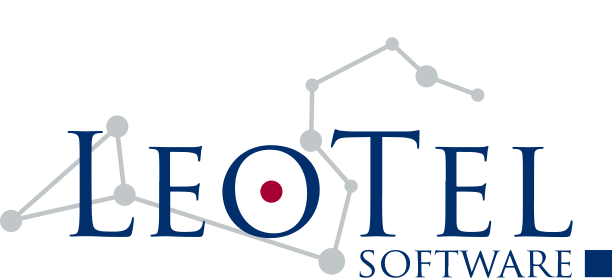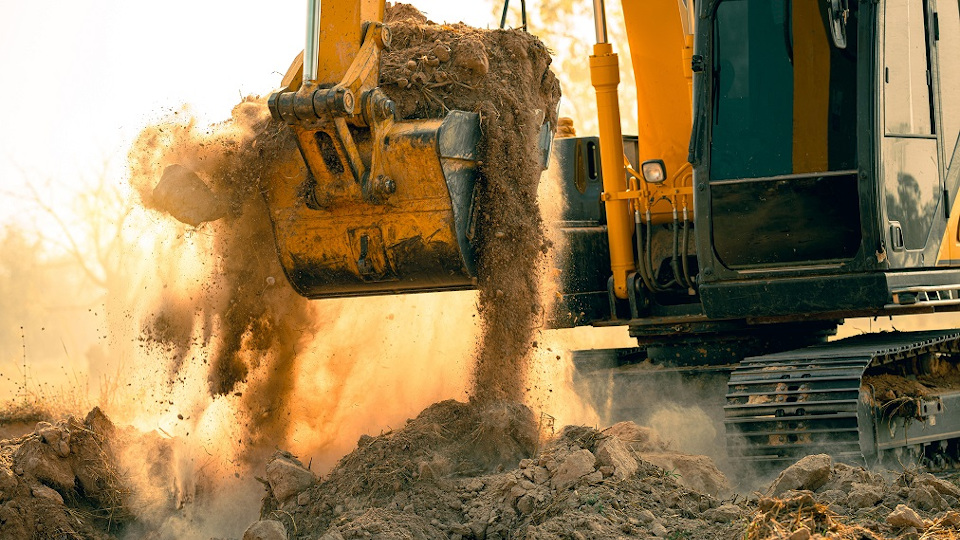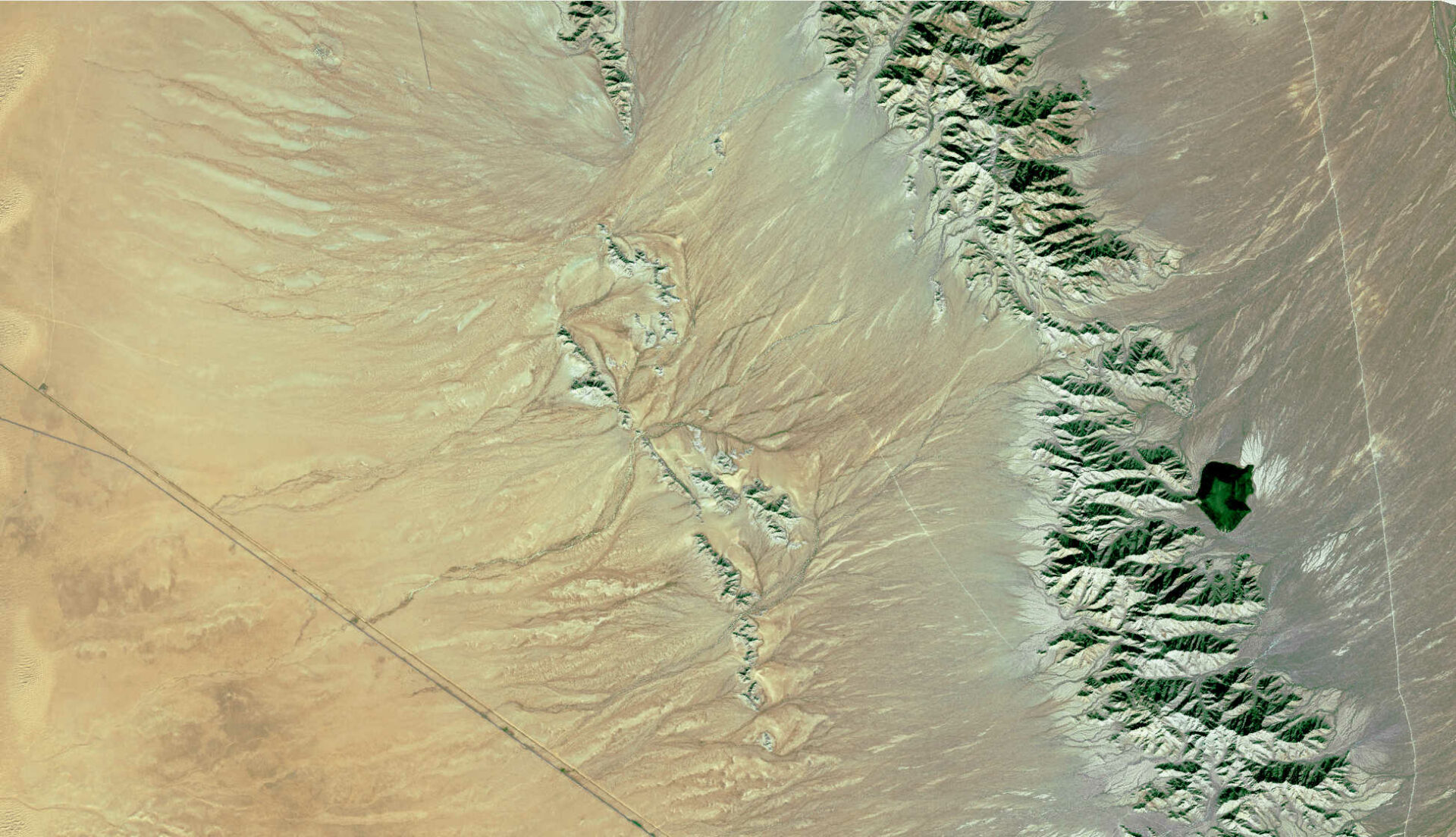Load cells, or force transducers, take a force and convert it to an electrical signal. They are commonly used for weighing in industrial processes, measuring materials, ingredients or loads, reducing waste, and increasing sustainability.
Meanwhile, the Internet of Things (IoT) describes devices with sensors, processing ability, software and other technologies that connect and exchange data with other devices and systems over the Internet or other communications networks.
Putting the two technologies together, a wireless sensor makes it possible to rapidly add an IoT capability to new and existing processes, linking production with other data in the organisation.
The Project
Our customer approached LeoTel Software with a request to provide a wireless load cell with a fast sample time, a simple interface to view the data and the capability to connect to their local Wi-Fi.
Our Role
We implemented the firmware to interface the load cell and ADC to the IoT development board, and provided a to capture the data from the IoT provider, and display and output the data.
We wrote the firmware to exploit the maximum read rate of the ADC. The data output was in a simple CSV format using Amazon Web Services, via the inbuilt IoT provision on the AVR-IoT board.
The Technology
The customer had already sourced an analogue to digital converter (MikroElectronika Load Cell Click board) and a compatible internet of Things development board (Microchip AVR-IoT WG MCU). Both conformed to their requirements for form factor and battery life.
The Benefit
We provided our customer with the additional firmware capability that complemented their in-house team, enabling them to develop the sensor that they needed.
It meant that they could measure the change in load on the device in a dynamic environment as the device passed through the processing line.
They had increased visibility without having to install additional network infrastructure.




